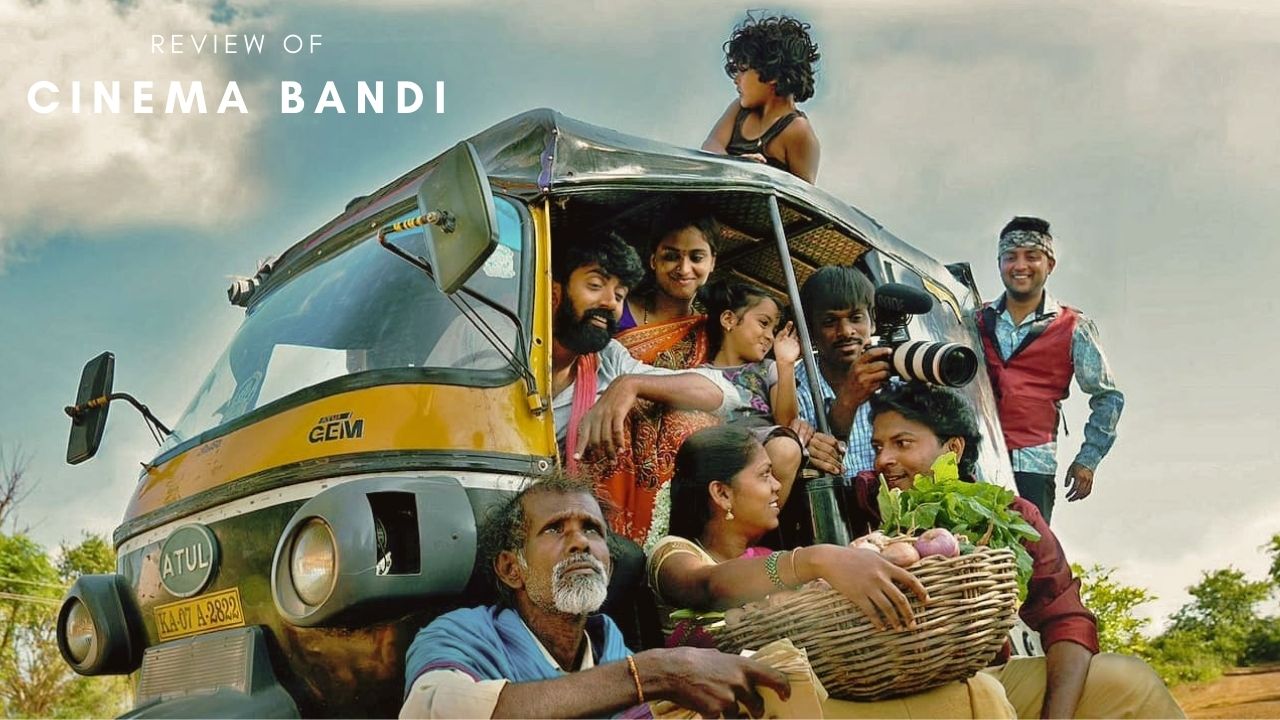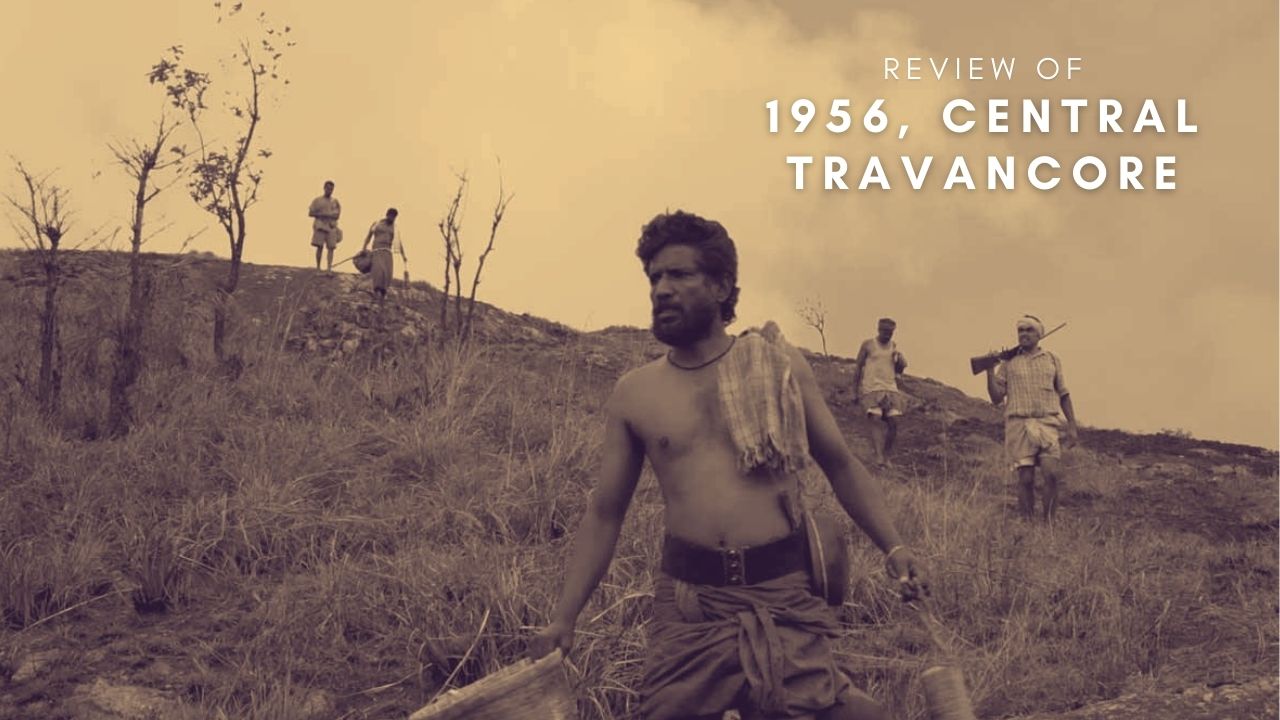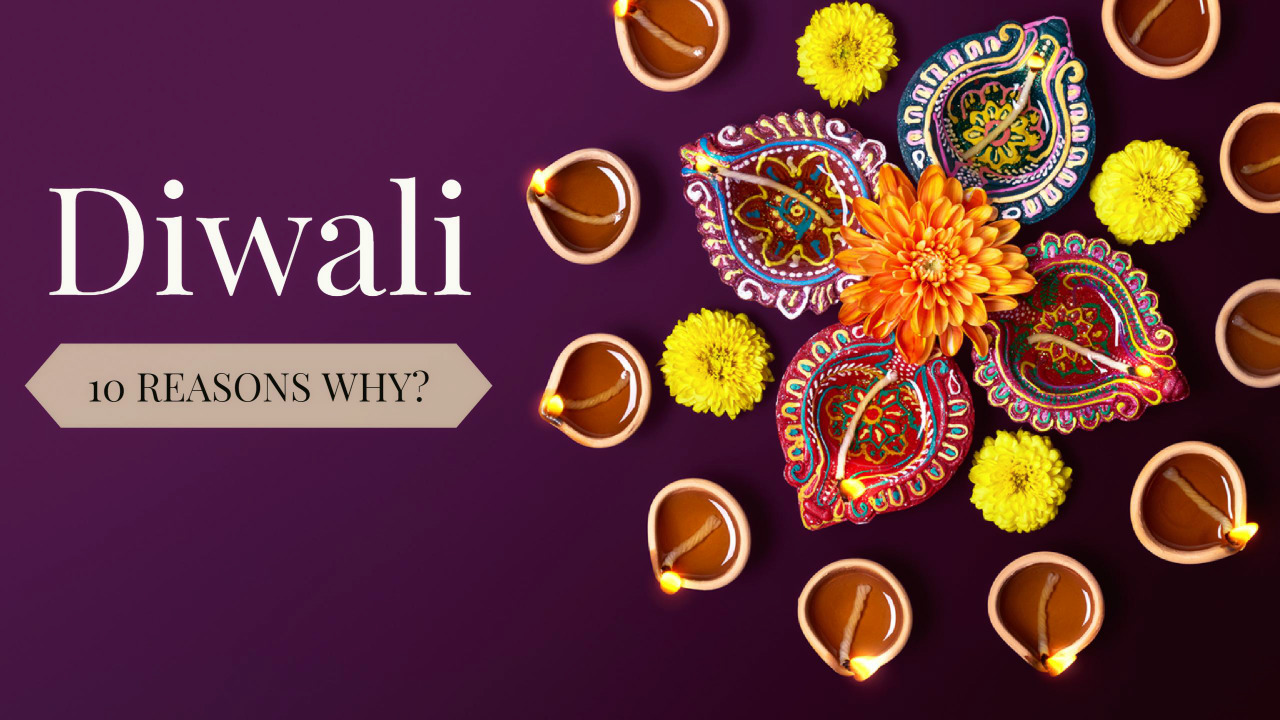
Diwali – The Unifying Celebration Of Victory Over Darkness
Diwali is one of the most awaited festivals and is celebrated with warmth all across India and also by expats living overseas. It’s a festival of togetherness and a shining beacon of the country’s unity among diversity, a reminder of the good in us, during these trying times.
Colourful rangolis, bright diyas, fireworks, sweets, and new clothes – this extravagant festival of Diwali gives us a chance to bond with families and friends and spend some quality time with them in this extremely fast-paced society.
There is an entire gamut of reasons why the citizens wait eagerly to celebrate this festival across the Indian regions. Diwali has its own unique charm and several background stories as to how a nation of good, hardworking and honest men and women come together to celebrate the triumph of good over evil. It is not only a Hindu festival or a regional phenomenon. All religions and communities have their own significance attached to it and even if not, they come together to take part along with someone who has.
Read along to know about the legends that surround the festival of lights.
Birth And Marriage Of Goddess Laksmi:
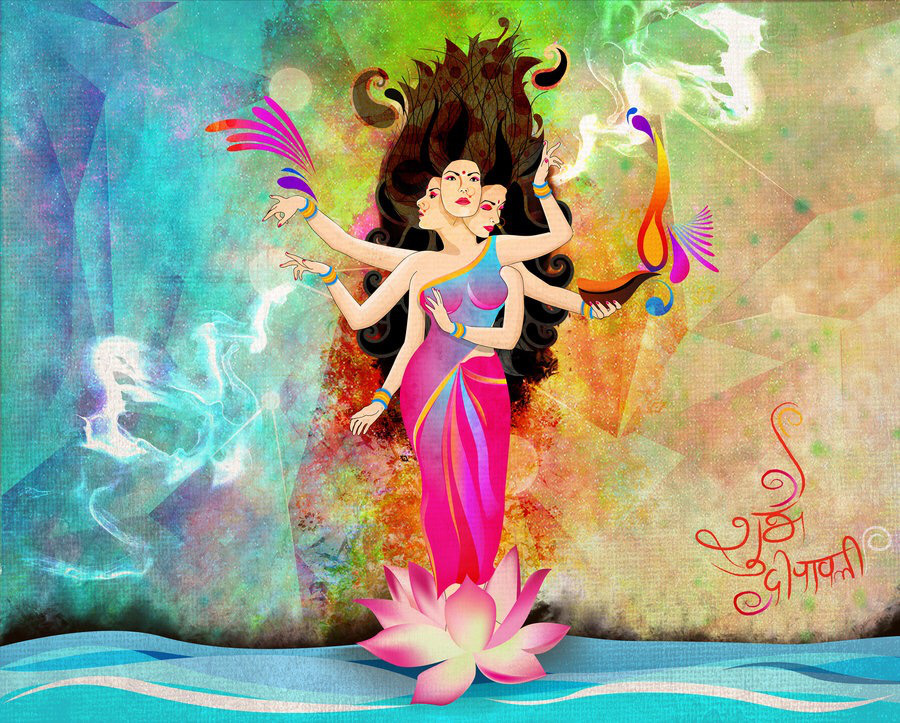
Hindu mythological texts indicate that on the auspicious day of Diwali, the Goddess of wealth, Lakshmi was incarnated from the depth of an infinite ocean. Asuras (Demons) and Devas (Gods) were churning the ocean for Amrit (nectar of immortality), during which, several divine objects and entities emerged from the ocean. Goddess Lakshmi was one among them. Hindu scriptures cite that she later married Lord Vishnu on the same new moon night, the darkest night of the year.
Thousands of radiant lamps were illuminated to mark this holy incident. This gave birth to the ritual of lighting up diyas and candles on this auspicious day. Several families, especially the North Indians, worship Goddess Lakshmi on Diwali.
End Of The Harvest Season:
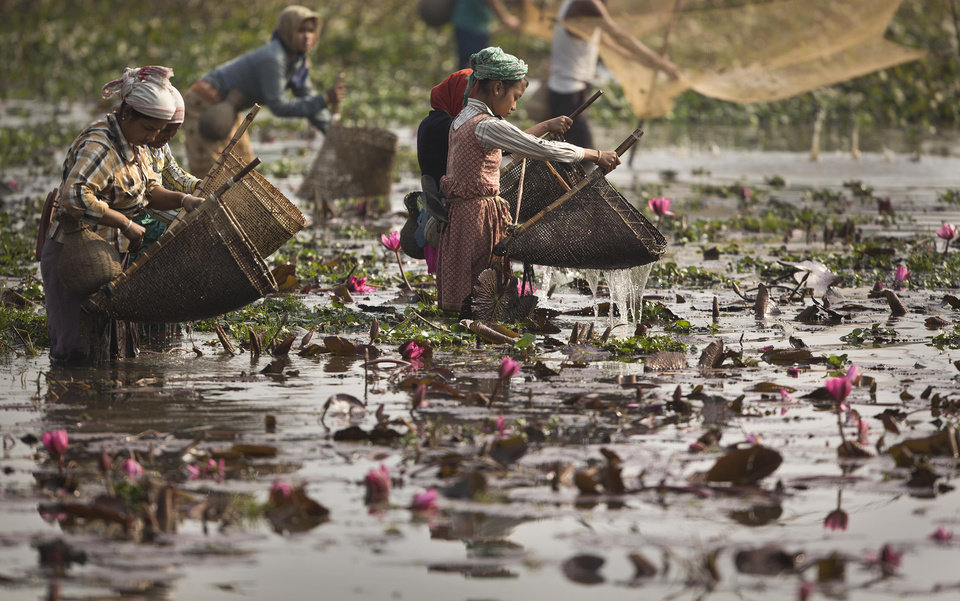
As it is already known, India is an agrarian economy and there comes a genuine feeling of cheer among the farmers when it is the time to reap the rewards of their hard work. Diwali comes at the end of the Kharif season. Farmers, therefore, celebrate this occasion as a sign of the fruitfulness of their labour. They make several delectable delicacies with poha (pounded semi-cooked rice), which is usually garnered from the fresh harvest. This phenomenon and amalgamation of religious as well as socio-economic stimulus are noticed especially in western India.
Kali Pujo In Bengal:
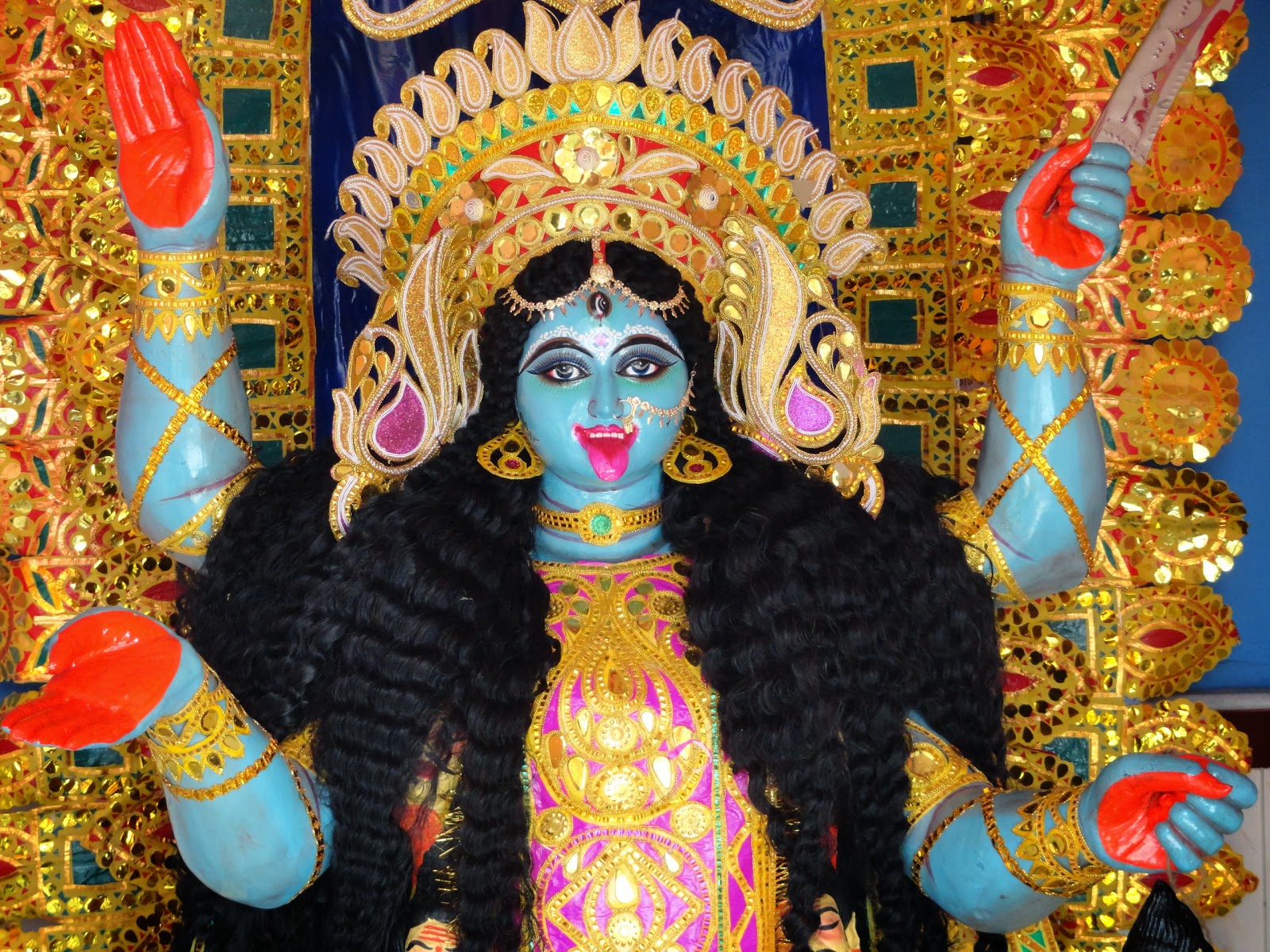
Although Durga Puja remains the biggest religious festival of Bengal and the biggest draw for the Bengalis based all over the country to come back home, the festivities tend to linger on even after that. Bengal’s celebration of Diwali intermingles with that of Kali Puja, where devotees worship Goddess Kali, a deity who is known for her fierce demeanour and rich presence in the folklore. She is considered to be a personification of Nari Shakti (female power). Mythological texts cite that the Goddess was born to save heaven and earth from the growing cruelty of the demons. It resonates with the theme of the triumph of good over evil, a spirit that Diwali is celebrated with. Therefore, both these occasions, combined together, become the cause of a grand celebration.
The Victory And Return Of Ram:
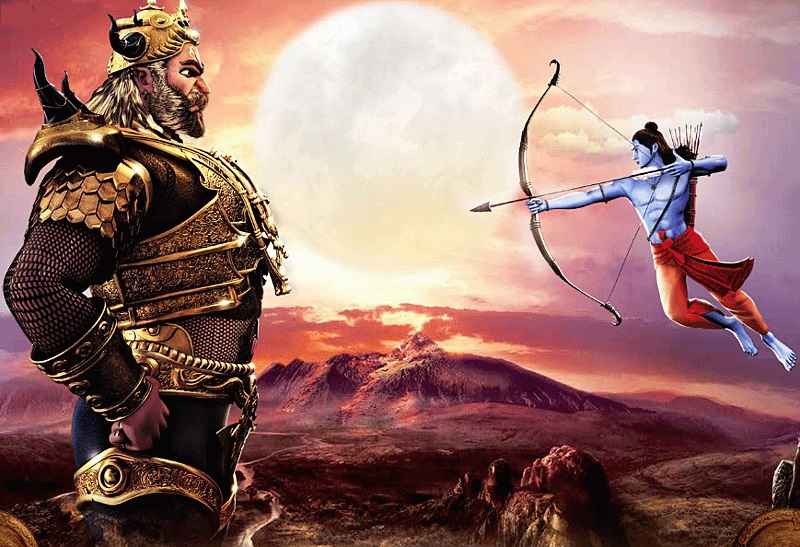
The salient and most well-known reason for Indians to celebrate Diwali is that it is the same new moon day of the month of Kartik when Lord Ram had returned to Ayodhya after defeating Ravana, the ruler of Lanka. Citizens of Ayodhya decorated the entire capital and lighted thousands of lamps in order to welcome their beloved king. The festival of Deepawali or Diwali derives its name from the rows (avali) of lamps (deep) that the people of Ayodhya had lit on that day to welcome Lord Ram along with his wife Sita and brother Lakshman.
The Enlightenment Of Mahavira:

Diwali holds a special place in the hearts of the Jains. It coincides with the day when Lord Mahavira, the twenty-fourth and last Tirthankaras of the Jains and the founder of modern Jainism, attained nirvana. Texts suggest that the event had taken place way back in 527 B.C., entwining Jains with the celebration of the festival of lights. Each year Jains light lamps on Diwali to symbolize the light of Lord Mahavir’s knowledge and distribute sweets while remembering his contributions. They hold a fast, sing hymns and chant mantras to celebrate Lord Mahavir. Those of this belief engage in charity and philanthropy during this period.
Bestu Varas:

Gujaratis celebrate the beginning of Bestu Varas, Gujarati New Year, with great joy and enthusiasm. The day after Diwali marks the beginning of Bestu Varas, which is also the commencement of the harvest season in Gujarat. Gujaratis celebrate this day as a time to end all the pains and sufferings of the last year. They decorate their homes with flowers and lights. Some temples also conduct Govardhana puja in the state. Along with Gujaratis, Marwaris (Rajasthani) also celebrate their New Year with Diwali.
Return Of The Pandavas:
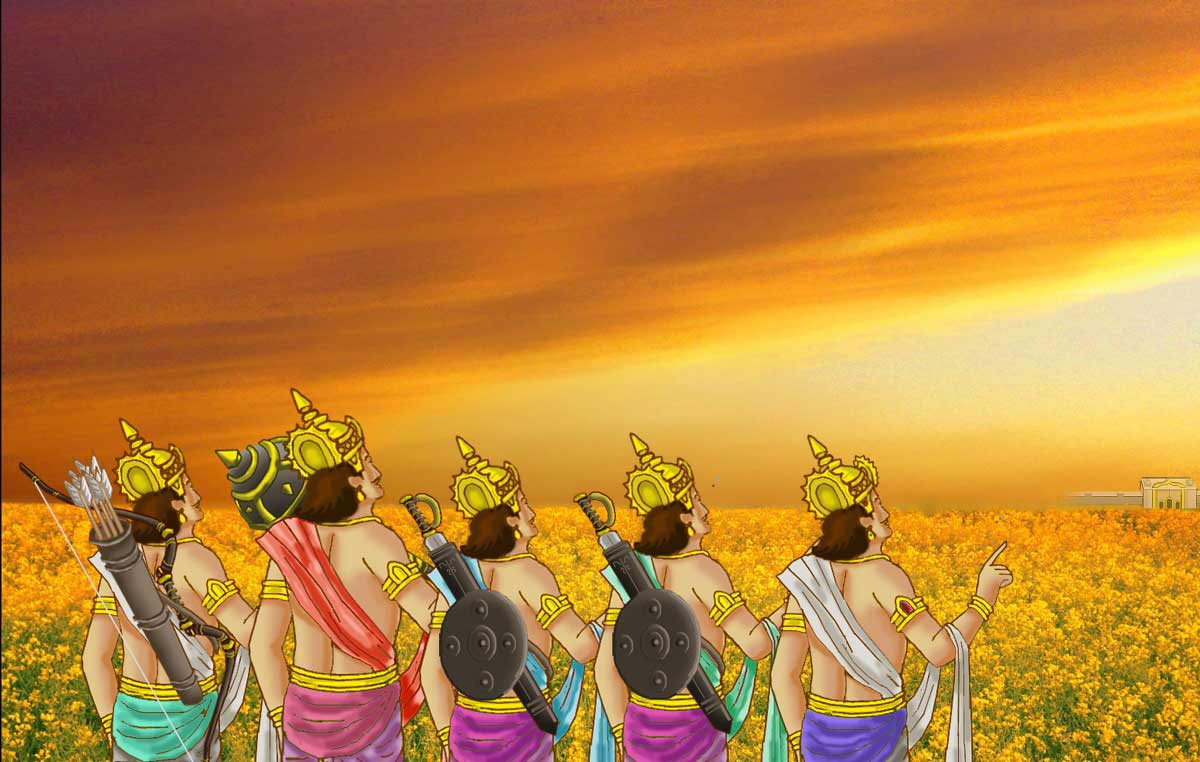
It wasn’t only Lord Ram, who had returned on the new moon day of the Kartik month after his 14 years of exile. According to the great epic Mahabharata, Pandavas also returned to their capital Hastinapur on the very same day after spending 13 years in banishment. Like Ayodhya, the people of Hastinapur had also celebrated the return of their beloved Pandavas with earthen lamps and crackers.
The Special Significance Of Diwali For The Sikh Community:
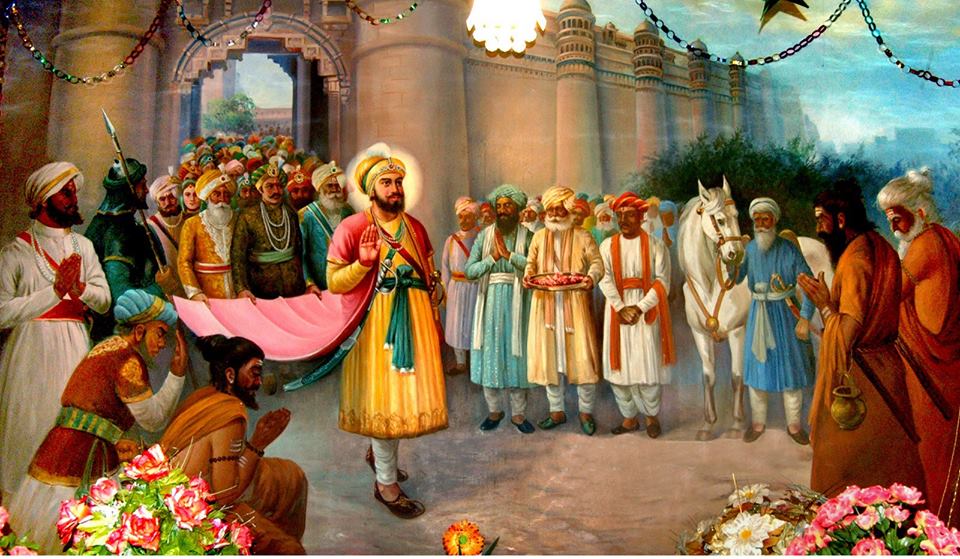
Sikhs across the globe also celebrate Diwali. It is said that Guru Hargobind Singh, who was held captive at the Fort in Gwalior by Mughal emperor Jahangir, had returned to Amritsar on this day. The citizens illuminated the entire city to celebrate the occasion; later, the third Sikh Guru Amar Das had regulated Diwali as a Red-Letter Day for all Sikhs. They gather and receive the blessings of the Gurus at Goindwal during the period of Diwali.
Maharshi Dayananda Attaining Nirvana:
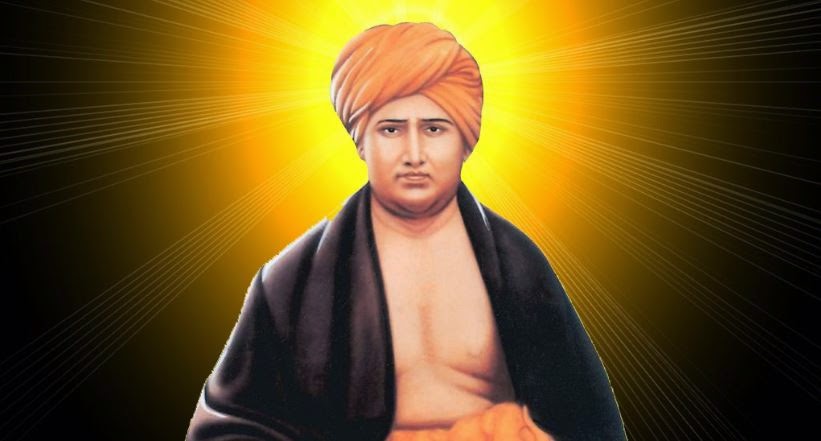
Maharshi Dayananda, one of the greatest reformers of Hinduism and the founder of the Arya Samaj, is said to have also attained nirvana on the new moon day of Kartik (Diwali day). Henceforth, Shardiya Nav-Shasyeshti is celebrated every year on Diwali.
Narakaasur Killed By Lord Krishna:
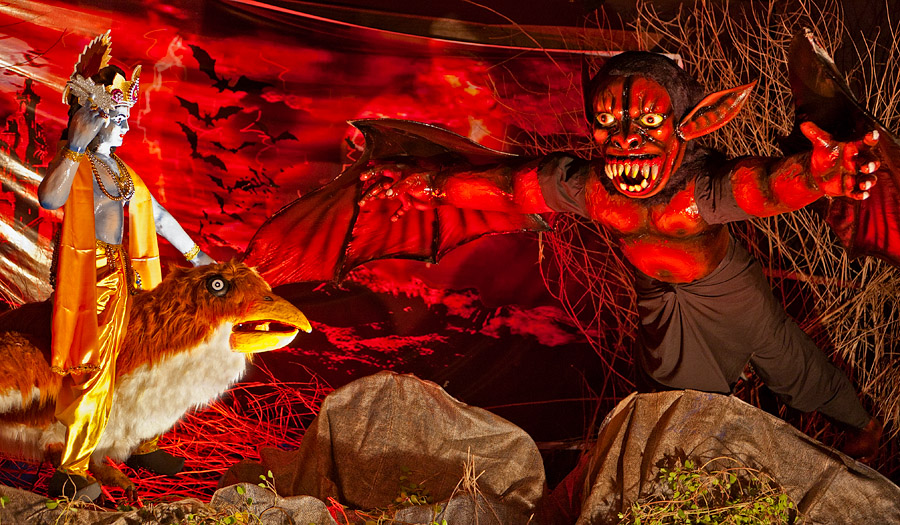
Those in Tamil Nadu and Andhra Pradesh celebrate Naraka Chaturdasi, which falls before the Diwali day. The story for this legend speaks of the demon king Narakaasur, who had imprisoned about 16,000 hapless women and Lord Krishna had eventually saved the lives of all the captives by killing Narakaasur on this day. In Goa, people burn paper effigies of Narakasura, symbolizing the triumph of good over evil, to celebrate the event. Some Tamil homes observe “nombu” and conduct Laksmi Pooja during this period.
In the end, it is about a singular notion – good overpowering evil. This is a festival which encourages warmth and brotherhood across regions and ethnicities.
It spreads joy, hope and the will of overcoming one’s difficulties. We all fight our own demons every day and this is also a celebration of those little triumphs or acts of good that make us more resilient. From darkness into light – Diwali is a journey that brings us closer to others and ourselves too. Big bear hugs and a very happy Diwali.

